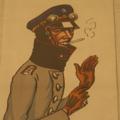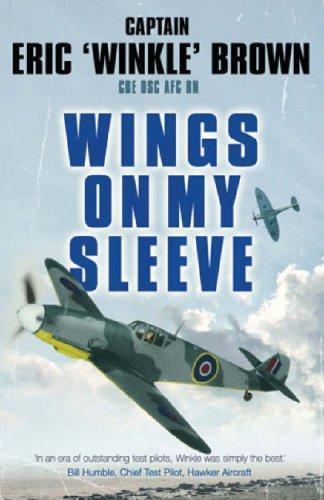Murf quoted Wings on My Sleeve by Captain Eric Brown
Early in 1944 Lt.Gen. Jimmy Doolittle, who had recently taken over command of the 8th USAAF visited the RAE to ask for a series of hands-on tests on the three USAAF escort fighters, the P-38H Lightning, P-47C Thunderbolt and the P-51B Mustang. He was worried about the heavy losses suffered by the fighters on high cover over Flying Fortresses. Tests were required into the handling behaviour of the aircraft at high speeds up to their tactical (manoeuvring) and critical (loss of control) Mach numbers. The tests revealed that the Lightning and Thunderbolt fell well short of the tactical Mach numbers of the Me 109 and the Fw 190. As a result of the RAE report Doolittle asked to be supplied solely with P-51s which proved to be the finest fighters in the European war theatre.
This American air force had started to suffer worrying escort fighter losses when the fighters on high cover over the Flying Fortresses dived down to intercept German fighters attacking the bombers and lost control before they could engage the enemy in combat.
It must be remembered that in the Second World War, Machmeters were not fitted to any Allied or enemy operational aircraft, but only to a few research aircraft. We knew from tests at RAE on captured German fighters that the Me 109 and Fw 190 both had a tactical Mach number of 0.75, so that figure was the name of the combat game at 30,000 feet. The tests we conducted on the American fighters revealed that the Lightning and Thunderbolt fell well short of that figure, with tactical Mach numbers of 0.68 and 0.71 respectively. However, the Mustang with its laminar-flow wing achieved 0.78 tactically, and soon after receiving these results Doolittle asked that his Force be supplied with only P-51s. Subsequently the Merlin-engined Mustang proved to be the finest escort fighter in the European war theatre.
— Wings on My Sleeve by Captain Eric Brown (Page 71 - 72)
Fascinating detail on the effects of approaching the sound barrier with high-performance propeller aircraft.

